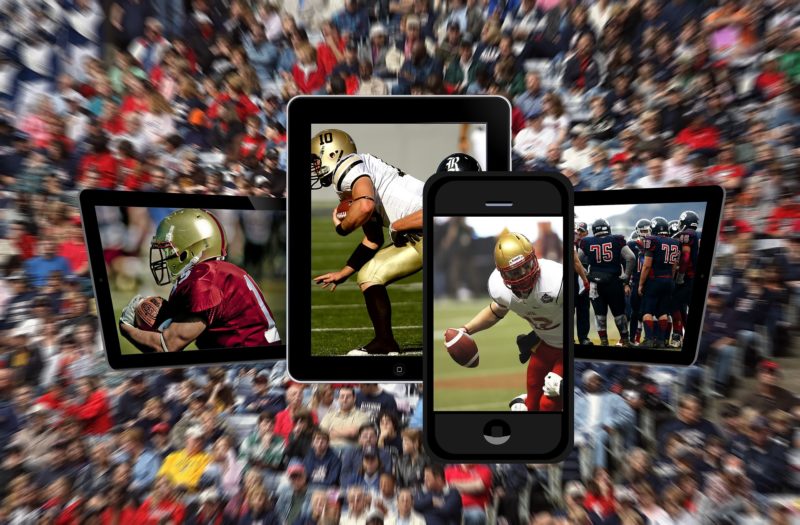Imagine being able to experience a live basketball game from a player’s perspective, or feel the rush of a Formula 1 race without leaving your living room. Thanks to technological advancements, the sports world is undergoing a major transformation, taking viewers on an exhilarating journey like never before. From virtual reality to augmented reality and beyond, the future of sports viewing is set to be a game-changer.
A Virtual Rush: The Rise of Virtual Reality (VR)
Virtual reality has emerged as one of the most significant innovations in sports technology, revolutionizing the way we watch and engage with our favorite sports. With a VR headset, fans can transport themselves to the best seats in the house, providing an immersive experience that surpasses traditional 2D viewing.
For instance, the NBA has embraced VR technology to bring fans courtside, allowing them to feel the intensity of the game from a player’s perspective. Users can look around, feel the energy of the crowd, and even watch replays to dissect key moments. This not only enhances the viewing experience but also provides valuable insights into the game.
Moreover, VR has transcended individual sports, seeping into the world of motorsports. Formula 1 has introduced VR broadcasting, giving fans the chance to experience the adrenaline-pumping races in real-time. From the cockpit camera to the pit stops, viewers can witness the action as if they were part of the team.
The Augmented Frontier: Enhancing Sports in Real-time
While virtual reality takes viewers out of their physical surroundings, augmented reality (AR) harnesses the power of technology to enhance the real world. AR overlays digital information onto live footage, creating a unique and interactive experience for sports fans.
One fascinating application of AR is in professional American football. Through AR-powered broadcasts, viewers can now see player stats, real-time analysis, and even a virtual yellow line marking the first-down marker. This enriches the viewing experience and provides a deeper understanding of the game’s intricacies.
Additionally, AR is making its mark in tennis, with systems that project virtual lines onto the court to show where the ball has landed. Gone are the days of heated debates over close calls – technology now provides conclusive evidence. This not only ensures fair play but also adds another layer of excitement for spectators.
Beyond 2D: Expanding Horizons with 360° Video
The advent of 360° video has opened up a whole new dimension in sports broadcasting. With the ability to capture a full 360-degree view of the action, viewers can feel like they’re right in the middle of the game.
One sport that has embraced this technology is soccer. By using multiple cameras strategically placed around the stadium, broadcasters can provide fans with an immersive experience, allowing them to choose their perspective and explore the match in detail. Whether it’s watching from the stands, the players’ tunnel, or even on the sidelines, the possibilities are endless.
Furthermore, 360° video has great potential in extreme sports like surfing or snowboarding. Enthusiasts can experience the thrill of riding a wave or performing gravity-defying tricks, all from the comfort of their homes. This not only broadens the reach of these sports but also offers a unique insight into the skills and techniques involved.
Looking Ahead: The Future of Sports Viewing
As technology continues to evolve at a rapid pace, the future of sports viewing holds exciting prospects. From holographic displays to fully immersive VR experiences, the possibilities are limitless. Fans can look forward to a time where they can step into their favorite athletes’ shoes, virtually participate in games, and interact with other fans from around the world.
However, we must also consider the potential ramifications of these innovations. Will the charm of live stadium attendance diminish? How will these technologies affect traditional broadcasting and the revenue streams of sports leagues? These are questions that only time will answer.
In conclusion, the convergence of sports and technology has sparked a revolution in the way we experience and engage with our favorite games. Virtual reality, augmented reality, and 360° video have torn down the boundaries of traditional sports viewing, offering fans unparalleled immersion and interactivity. As we embrace this new era, let’s savor the excitement while also contemplating the broader implications it may have on the sports landscape.

